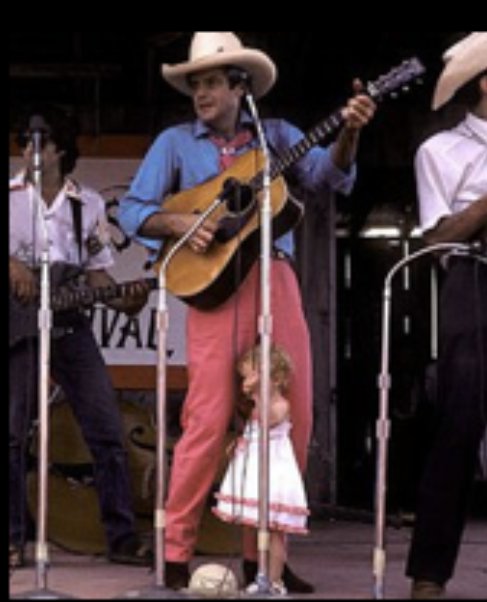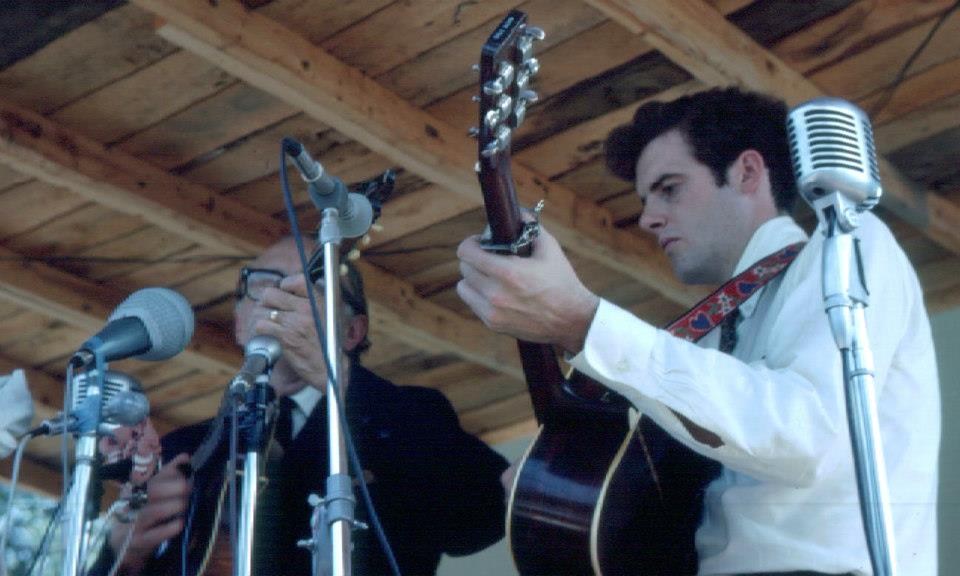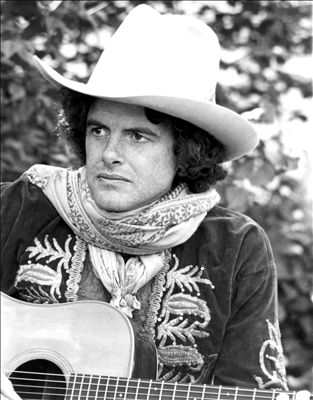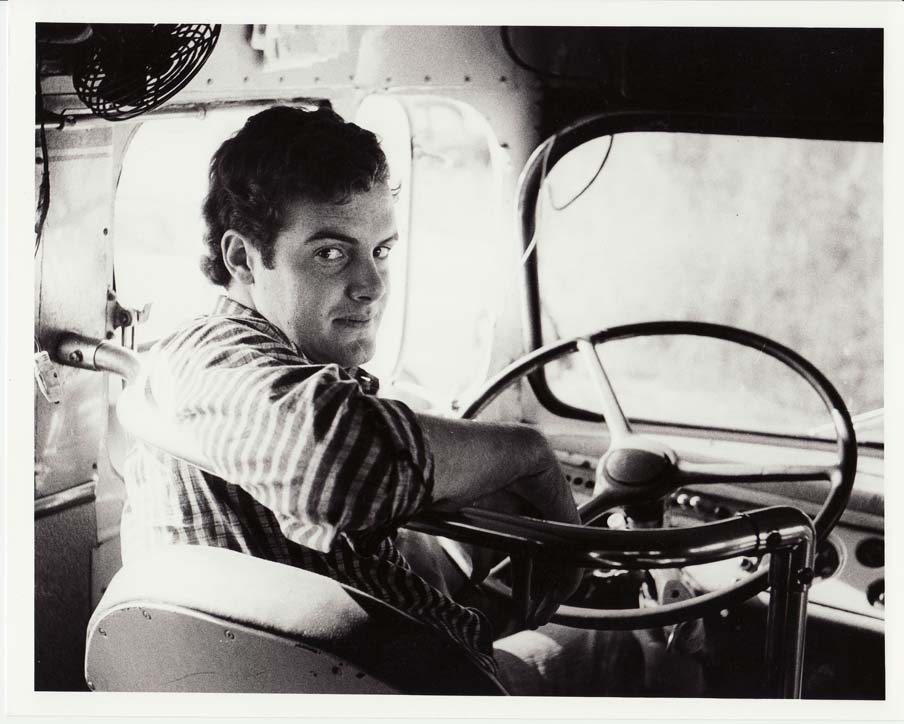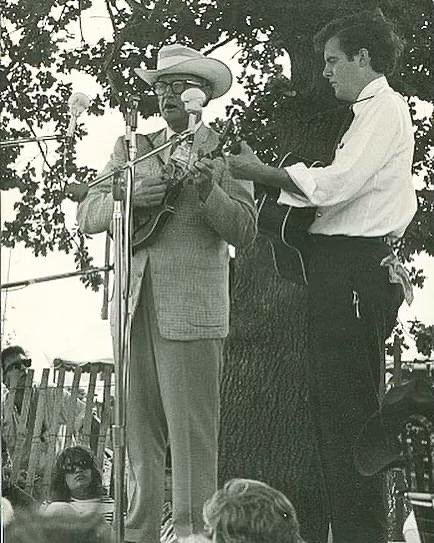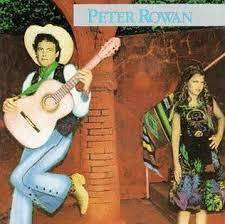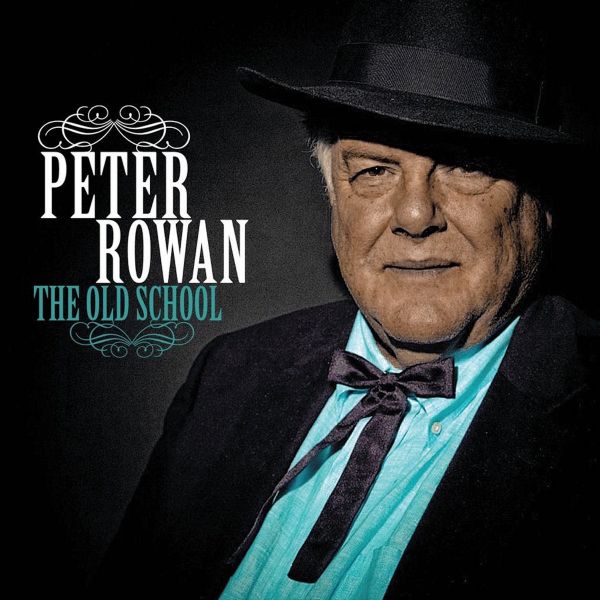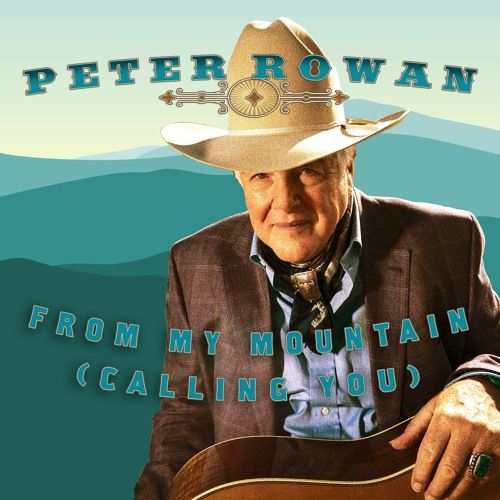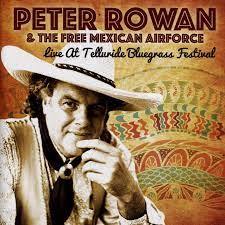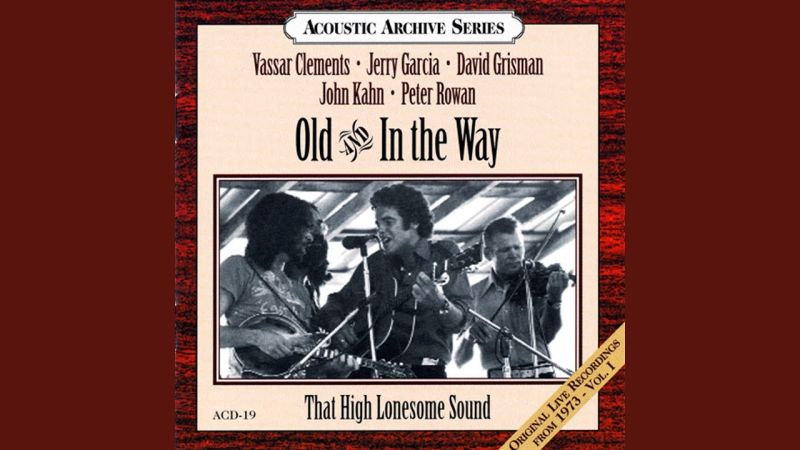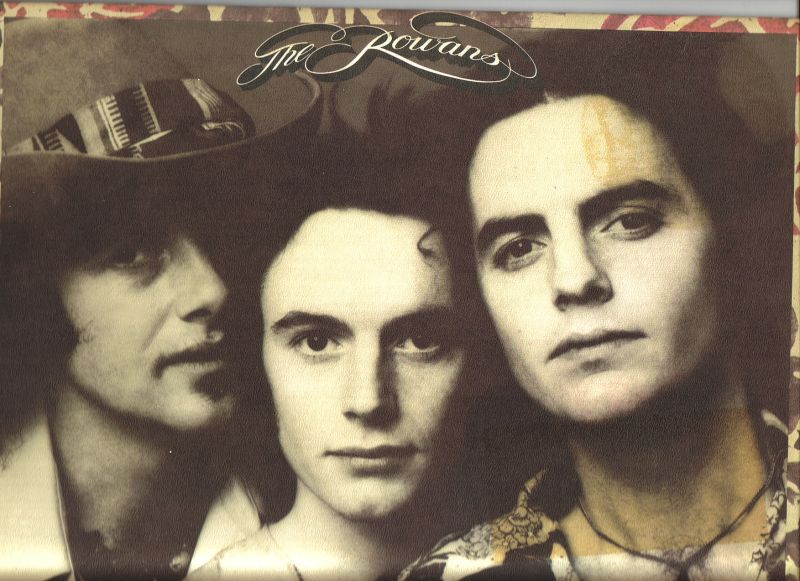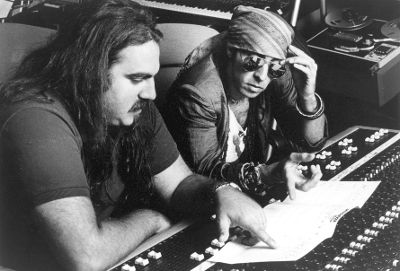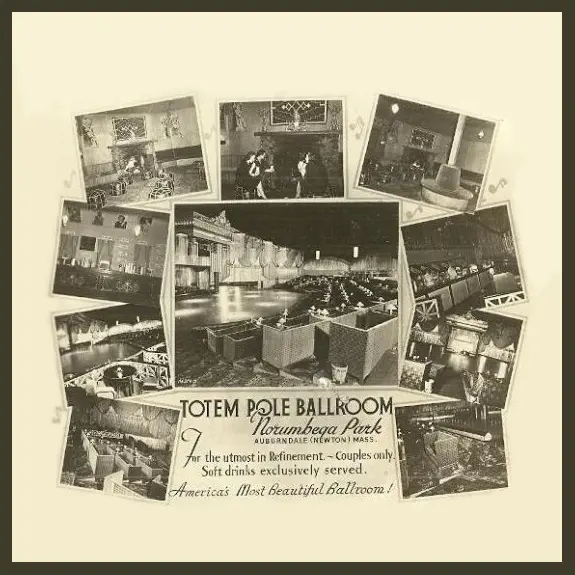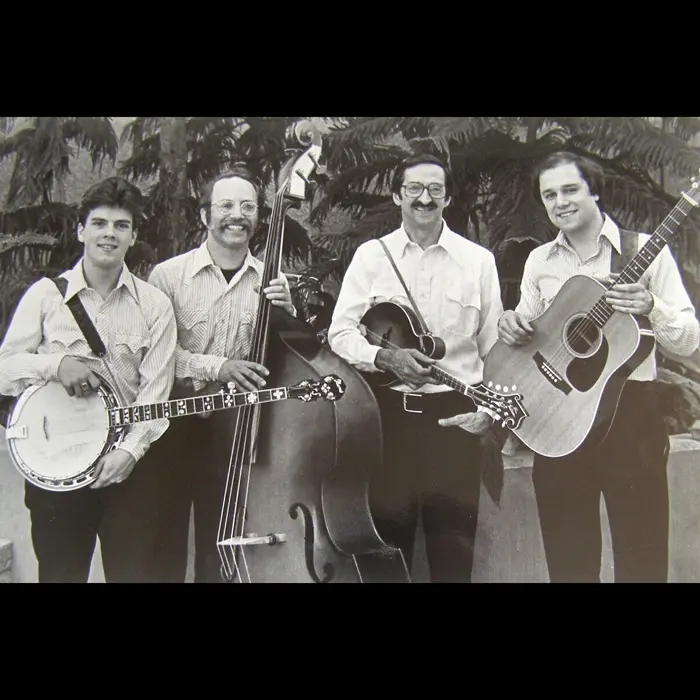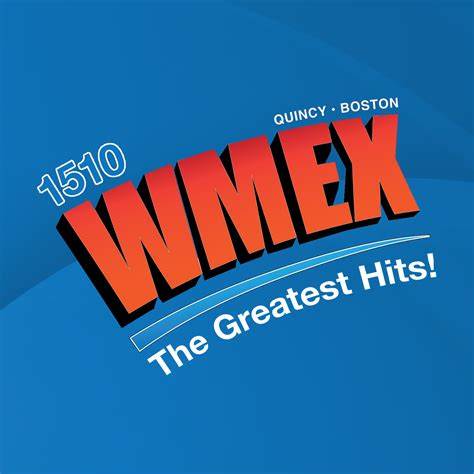Peter Rowan

Grammy Award winner, and six-time Grammy nominee, Peter Rowan is a highly influential musician and singer-songwriter known for his contributions to bluegrass, folk, and Americana. Known as the local king of bluegrass, with a career spanning over five decades, Rowan has left an indelible mark on the music industry through his unique blend of traditional and contemporary sounds.
Early Years, Influences
Born on July 4, 1942 in Wayland, Massachusetts, Rowan grew up in a family that nurtured his love for music. His parents were both musicians; his mother played the piano and his father played the violin. That musical environment influenced Rowan from an early age, sparking his interest in playing various instruments and writing his own songs.
Among Rowan’s early musical influences, when he was about four years old, was hearing his uncle Jimmy playing some swing tunes on a Martin ukulele. Another was his involvement in dancing. At his parents’ encouragement, when he was 12, he started square dancing which exposed him to “hearing all those bluegrassy instruments” he says, and, at ballroom dances, hearing “all that swing music.” Rowan recalls taking one of his first dates to the Totem Pole Ballroom in Newton at Norumbega Park. But the one event that really captured his attention and spawned his musical career was an event at Mechanics Hall in Worcester around 1956 starring Chuck Berry, The Diamonds and Johnny Burnette.
The Cupids, First Single
That show inspired him to get with some like-minded friends, resulting in the formation of his first band, The Cupids. Now, instead of going to the venues to dance, this allowed Rowan and his band to be the ones inspiring the dancing. The band played sock-hops all over the Boston area covering songs by artists such as Buddy Holly and Richey Valens – an exciting time for a 14-year old. The Cupids recorded a single for ACE Records, which was played by local DJs of the time – Arnie “Woo-Woo” Ginsburg on WMEX and Don Parker on WCOP.
One of the best Cupids gigs he recalls was a show they played at the Bridgewater Canoe Club where the audience was an all-girls Catholic school. Being in a rock ‘n’ roll band performing for an audience of all girls was a young boy’s dream, he says. WCOP also made a major impact on young Rowan by way of a show called Hayloft Jamboree which featured some key influences: mandolinist Buzz Busby, fiddler Scotty Stoneman, and guitarist Cowboy Jack Clement, the latter of whom went on to produce Jerry Lee Lewis and Johnny Cash.
Harvard Square, The Rainbow Valley Boys
At age 15, Rowan caught on to what was happening in Harvard Square including the many startup coffeehouses, particularly Club 47 where we went to see Eric Von Schmidt. He soon realized that something else was going on and caught the sense that this was indeed the sixties beginning to happen. “Sock hops were one expression of high-school life,” he says, “but Harvard Square was mysterious.”
Hanging out at Club 47 led Rowan to many more connections and influences including Joan Baez, who came out during a break at one point and sang do-wop with those hanging outside of the club. He also met banjo player Bill Keith, Americana pioneer Jim Rooney, and mandolinist Joe Val from whom Rowan says he learned “quite a lot.” Rowan also found his way over to the Hillbilly Ranch in Park Square, where he got in despite being way underage and soon was playing with The Rainbow Valley Boys, formed in Acton, Massachusetts, and featuring Bob and Grace French. Those early club experiences, his foray into bluegrass, helped form Rowan’s musical education and taught him how to perform and sing to people, he says.
The Blue Grass Boys, Earth Opera, Seatrain, Jerry Garcia
Rowan’s professional career took off in the mid-1960s when he became the lead vocalist and rhythm guitarist for Bill Monroe’s iconic bluegrass band, The Blue Grass Boys. Joining the band at the tender age of 24, Rowan replaced the renowned guitarist and singer Carter Stanley. His time with Monroe’s band proved to be transformative, as it allowed him to refine his skills and deepen his understanding of the bluegrass genre.
After leaving Monroe’s band, Rowan teamed up with David Grisman in 1967 to form Earth Opera, releasing two albums on Elektra Records before the band’s relative lack of success caused them to break up in 1969. Rowan subsequently co-founded the progressive bluegrass group Seatrain, which incorporated elements of rock, folk, and jazz into their sound. The group released a few albums in the late 1960s and early 1970s before disbanding. During this period, Rowan also collaborated with various musicians, including Jerry Garcia, with whom he appeared on some Grateful Dead albums.
Going Solo, Old and in the Way
In the mid-1970s, Rowan embarked on a solo career, releasing his debut album, Peter Rowan (a.k.a. The Red Album) in 1978. The LP highlighted Rowan’s versatility as a songwriter and performer, featuring a mix of bluegrass, folk, and country influences. It received critical acclaim and set the stage for Rowan’s future solo endeavors.
One of Rowan’s most significant contributions to the music world is his role in the formation of the highly influential band Old and in the Way. Formed in 1973, the group included Rowan, Jerry Garcia, David Grisman, Vassar Clements, and John Kahn. Their self-titled live album, released in 1975, became a landmark recording for bluegrass by introducing the genre to a substantially wider audience; it became one of the best-selling bluegrass albums of all time.
Collaborations, Peter Rowan Bluegrass Band
Throughout his career, Rowan has consistently pushed the boundaries of bluegrass music, incorporating elements from various genres, and exploring new sounds. He has collaborated with numerous artists, including Tony Rice, Richard Greene, and Bela Fleck, among others. Rowan’s ability to blend tradition with innovation has earned him a reputation as a musical pioneer, and his influence can be heard in the work of countless contemporary musicians.
In addition to his solo work, Rowan has been a member of several notable bands, including the Peter Rowan Bluegrass Band, which he formed in the late 1980s. This band has displayed Rowan’s deep connection to bluegrass music, allowing him to further develop his unique style and contribute new compositions to the genre.
Notable Albums, Lyrical Themes, Stage Presence
Over the years, Rowan has released a steady stream of albums, each reflecting his growth as an artist and his commitment to storytelling through music. His discography spans a wide range of themes and genres, from introspective folk ballads to lively bluegrass tunes. Notable albums include Crucial Country (1993), The Walls of Time (1991), Carter Stanley’s Eyes (2018), and My Aloha! (2020). Rowan’s lyrical prowess has also earned him recognition as an articulate storyteller.
His songs often explore themes of love, loss, spirituality, and the human condition, resonating with audiences on a profound level. Whether performing solo or collaborating with other musicians, Rowan’s warm and captivating stage presence has made him a beloved live performer.
Big Twang Theory, Awards, Accolades
Of his latest musical configuration, a group called Big Twang Theory, Rowan says its members combine a wide variety of influences. “I have always wanted a band that was rooted in bluegrass, but could add the twang of Hank Williams, Carl Perkins and Buddy Holly,” he says. “They all absorbed Bill Monroe’s bluegrass into honky-tonk and rockabilly. I grew up dancing to that music.”
Rowan has received numerous awards and accolades throughout his career. In 1997 he received a Grammy Award for his contributions to the bluegrass compilation True Life Blues: The Songs of Bill Monroe. He was presented with a Lifetime Achievement Award from the Americana Music Association in 2015, honoring his significant contributions to the genre.
Influence, Legacy
Rowan’s influence and legacy continue to inspire new generations of musicians, ensuring that his impact on music will endure for years to come. His musical journey has been marked by innovation, collaboration, and a deep respect for tradition – from his early days with Bill Monroe to his groundbreaking work with Old and in the Way and his prolific solo career – and Rowan has carved a unique path in the realms of bluegrass, folk, and Americana. Through his heartfelt songwriting, exceptional musicianship, and dedication to his craft, Rowan has solidified his place as one of the most revered figures in the genre, his music continues to captivate audiences worldwide, and his legacy remains an integral part of the rich tapestry of American music.
(by Karl Sharicz)




